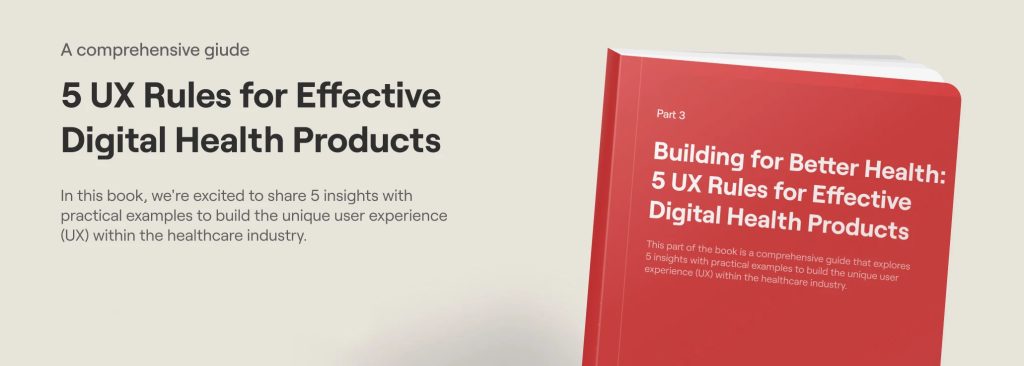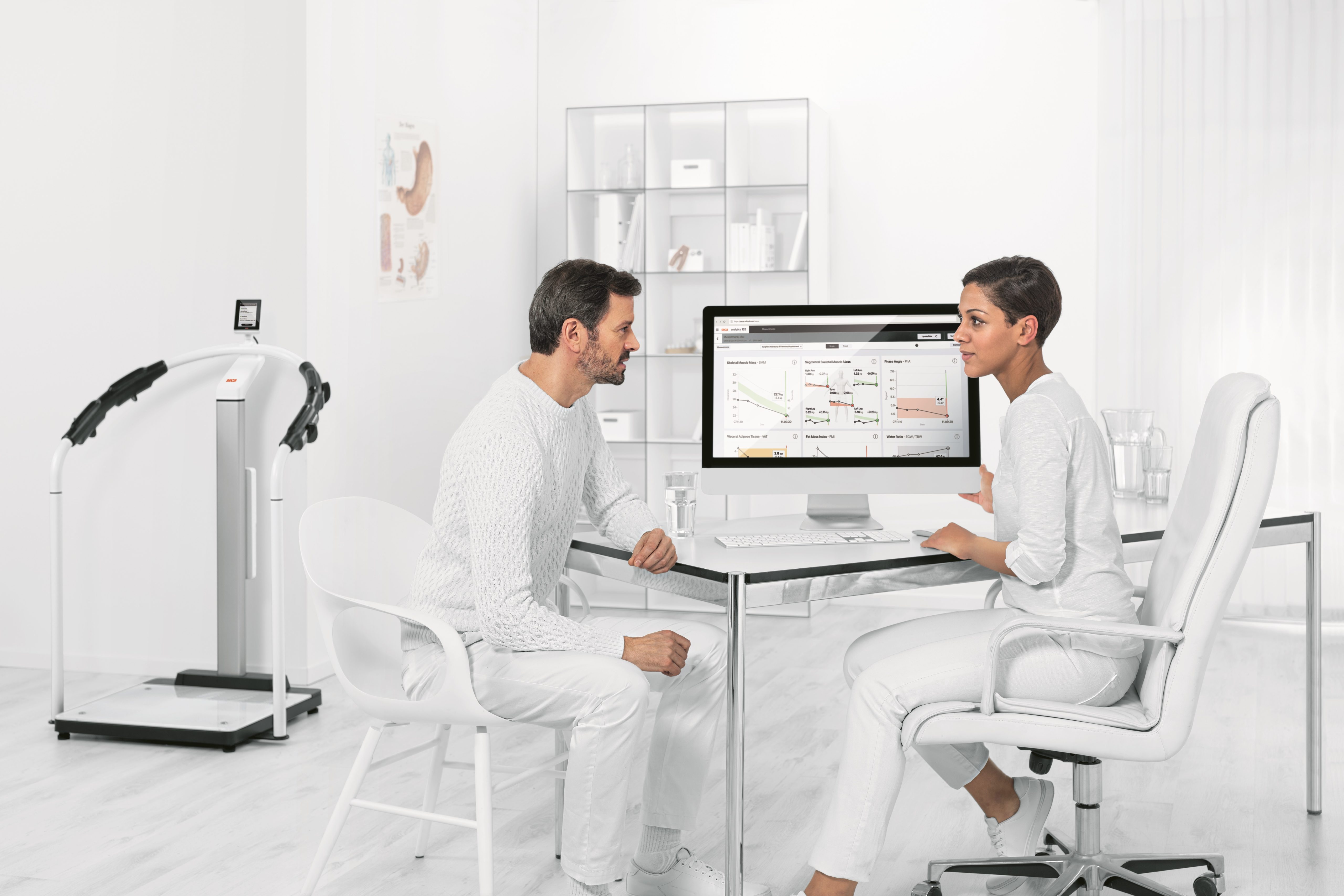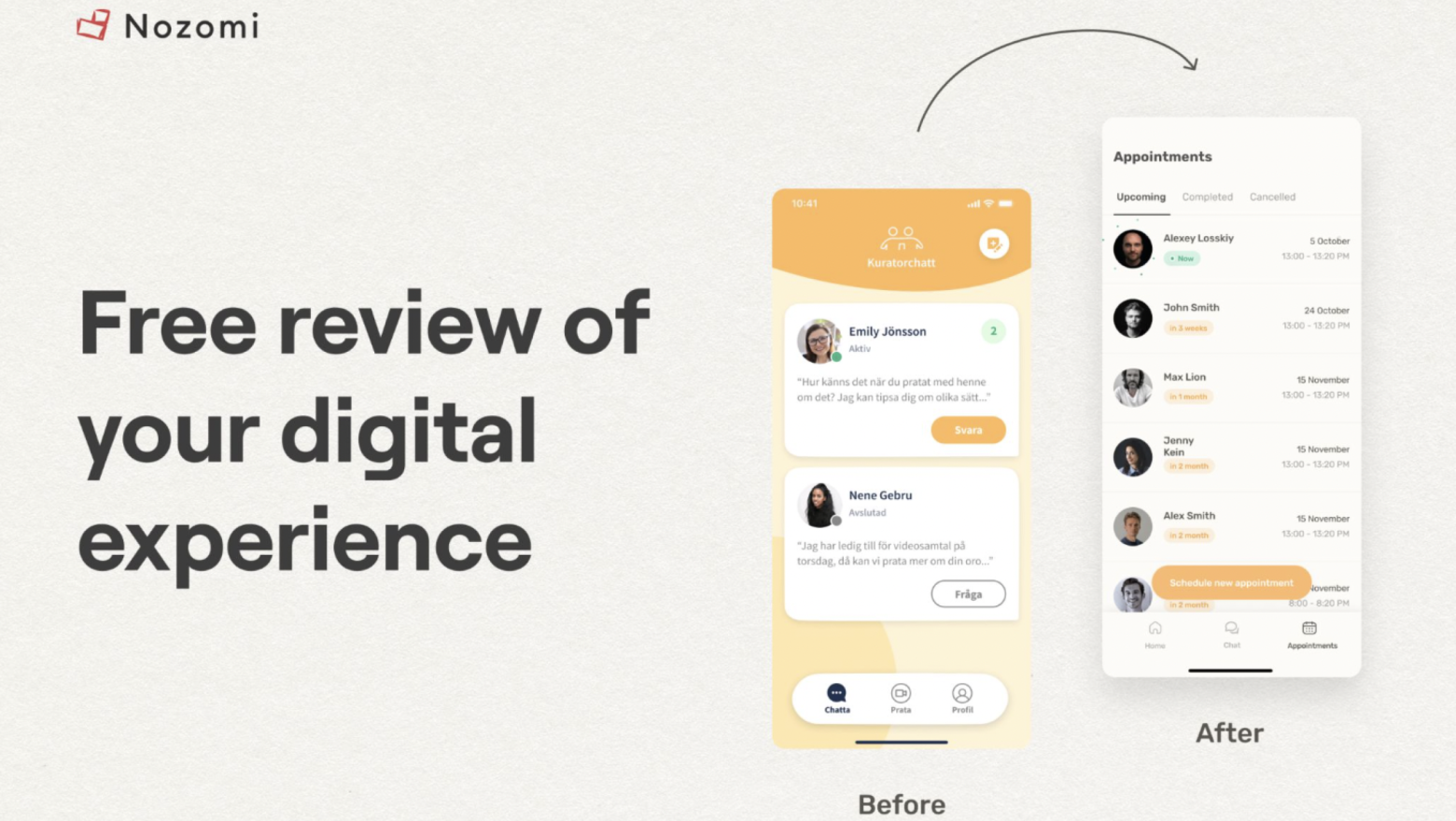Picture this: a finely-tuned orchestra of healthcare innovation, where every note is in harmony with the user’s needs and experiences. In the realm of digital health, this approach becomes our compass, guiding us through the intricacies of user challenges and preferences.
This journey, rooted in empathy, is a quest to untangle complex healthcare quandaries. The result? Solutions that not only work, but work seamlessly and are a joy for end-users to engage with.
But what is patient management software? It’s a comprehensive platform that streamlines various aspects of healthcare delivery, from appointment scheduling to medical billing, and much more.
Now, onto the crucial query: how do we ensure that the patient management software we choose embodies this user-centric ethos?
To unravel this, let’s embark on a guided tour through the quintessential features that define best patient management software for the innovative healthcare startups, companies or clinics of today.
Indeed, it’s the carefully selected patient management software features that make the product most user-oriented and have an impact on user engagement and patient outcomes.
1. Appointment scheduling
What is patient management software? This platform, which definitely has the appointment scheduling feature (and it stands as a beacon of efficiency). Why is this so? Because it enables healthcare companies and providers to effortlessly schedule, modify, and cancel appointments with a few clicks, all within a user-friendly interface.
For example, the “SimplePractice” app, a popular patient management platform, uses an appointment scheduling feature that allows healthcare professionals to view their availability, book patient appointments, and even reschedule or cancel them as needed.
Moreover, the feature syncs seamlessly with the provider’s existing calendar systems, ensuring a unified view of their schedule. This seamless integration with patient management software ensures a comprehensive and well-coordinated healthcare experience.
Why it matters?
1. Effortless coordination: by digitizing the appointment booking process, healthcare providers can efficiently manage their schedules without the need for cumbersome paperwork or manual coordination.
2. Patient engagement: patients benefit from the convenience of scheduling appointments at their own pace, reducing the need for time-consuming phone calls. They can select suitable time slots, receiving confirmation and reminders via email or mobile notifications. This point really allows us to create the best patient management software.
3. Reduced no-shows: advanced systems often include automated patient reminders, which significantly decrease the likelihood of missed appointments. This not only improves patient adherence but also optimizes the provider’s schedule.
4. Integration capabilities: the appointment scheduling feature, when integrated with other systems like electronic health records (EHRs) or billing software, ensures that all aspects of patient care are seamlessly connected. This leads to a comprehensive and well-coordinated healthcare experience.
2. Recording information about patients and their medical history
Just imagine that you’re at a doctor’s office, but the doctor doesn’t have a big amount of documents in a table about your problem. He’s got a system that stores all your details: your name, age, any past illnesses you’ve had, what treatments you got, and even how your latest tests turned out. And such information helps them give you the best care.
It’s just good old record-keeping, like a doctor’s scrapbook. It’s like having a cheat sheet for the doctor, making sure they know what’s what and can help you better. So, it’s a big deal in making sure you get the right treatment at the right time. One of the core patient management system features is the ability to comprehensively record and access patient medical histories and information.
Now, why is this super useful and one of the important patient management software benefits? Next time you go in, the doctor doesn’t have to start from scratch. He already knows what’s been going on with you and:
1. It saves time: optimizes specialist resources and makes sure nothing important gets forgotten.
2. It gives better treatment plans and patient outcomes: let’s say you’re prescribed a new medication. Your doctor can check your record to ensure it won’t clash with anything else you’re taking. It’s a safety net that keeps your treatment plan top-notch.
3. Track all patient interactions and touchpoints
Here, we’re talking about a patient journey management software that would create a Patient Journey. We need it to understand in which segments we experience a higher percentage of User Churn and, consequently, influence an increase in Retention rate.
So let’s walk through the patient experience, step by step, with the help of a patient management system. Tracking all patient interactions and touchpoints is one of the key patient management system features that allows healthcare providers to identify areas for improvement and enhance the overall patient experience.
1. Pre-visit: streamlining the intake process
Imagine receiving a short greeting before the patient’s visit. It’s like a friendly guide preparing them for what’s ahead. This thoughtful touch ensures that their journey begins on a positive note, without any unnecessary hassle.
2. Arrival: effortless check-in and time tracking
Upon arrival, the patient is greeted by a seamless online check-in process. It’s like a smooth entry into the system. And here’s the clever part—they’re recording the patient’s wait time. It’s not just a clock ticking; it’s a metric used to evaluate and enhance the patient experience.

Source: HealthTap
3. During the visit: enhancing the interaction
Now, let’s dive into the visit itself. The patient tracking software system is designed to enhance every interaction. It tracks exam room availability and monitors the progress of each exam.
And guess what? The patient can take notes right within the system. It’s like a digital toolkit for healthcare providers, ensuring they’re well-equipped to deliver the best care possible.
4. Post-visit: comprehensive patient records and provider evaluation
After the visit, the patient’s information is neatly cataloged. It’s like a virtual file cabinet for their medical history.
Such meticulous record-keeping ensures that every detail is accounted for. And it’s not just about the patient; they’re also keeping tabs on how well the healthcare provider is performing. It’s all part of their commitment to continuous improvement.
5. Patient engagement: strengthening the connection
Beyond the visit, the system comes equipped with tools to keep the patient engaged. It’s like the system is saying, “We’re in this together!” These tools empower the patient to play an active role in their healthcare journey.
Such collaborative approach cultivates a strong bond between the patient and their provider, ensuring the patient’s satisfaction and experience are at the forefront.
In essence, this patient management software isn’t just a system; it’s a dedicated companion on the patient’s healthcare journey, designed to make sure they receive the best care possible, every step of the way.
!!! And please note an important detail: in the screenshots above, we provided various telehealth product interfaces, with a focus on the correct UX logic. Essentially, if one doesn’t know the basic rules of UX design, the user may become confused in the interface and conclude that the competitor’s platform is simpler, even with the right Journey.
Therefore, we recommend taking an extra look at these 5 fundamental UX rules to boost user engagement and reduce the percentage of user churn:

5 UX Rules that improve User Engagement & Retention in Digital Health platforms
4. Communication: video and chat with doctors
Also, if you initially specialize only in offline, you can expand the number of patients through online. Here it’s clear that this is a must-have feature, so let’s talk about what you need to keep in mind when implementing such a feature.
First and foremost, you should understand your target audience in order to make the experience of interacting with video calls and chats as familiar as possible for the user. To do this, you can conduct User Tests, during which you’ll gather information about the popular applications used by your audience.
About conducting these Tests and uncovering Hidden User Needs we wrote here
For example, when we were creating a platform for the company Allbry, we found that the primary applications used by users with chat features were WhatsApp and Facebook Messenger. As a result, we made the UX of chats and calls as similar to them as possible, so the user wouldn’t have to spend time adapting.

Learn how we’ve built telemedicine health platform for Swedish startup
So when you ask yourself how to choose patient management software you should remember not only about features, but about UX.
5. Medical transactions and billing
Imagine a system that not only handles patient information but also seamlessly manages the financial aspects of healthcare. This is where the power of a patient management system truly shines.
For example, according to researchers, the Compound Annual Growth Rate (CAGR) of medical billing software is projected to increase by 5.1% from 2020 to 2027.
1. Stay informed about claim status: picture that as a tool that keeps a vigilant eye on the status of claims. No more manual tracking or endless paperwork. It’s like having a dedicated assistant ensuring that every claim progresses smoothly through the system.
2. Automated billing process: in the world of healthcare, precision is paramount. The system automates billing, ensuring accuracy and efficiency. Invoices are generated, payments are tracked, and the financial process flows seamlessly.
3. Prompt payment reminders: no more chasing after payments. The system sends out timely reminders through various channels—SMS, email, WhatsApp, and more. It’s like having a courteous assistant who gently nudges patients to fulfill their financial responsibilities.
6. Predictive reports and improved patient relationships
Patient progress reports are like a crystal ball, offering glimpses into your patients’ future needs.

These predictions are rooted in:
– their behaviors and way of life;
– detailed medical and genetic backgrounds;
– any inherited conditions or allergies;
– their current health status and ongoing medical concerns.
So, it significantly enhances patient outcomes and helps to create best patient management software.
In essence, predictive analytics relies on a bedrock of historical data. Companies amass extensive datasets encompassing patient demographics, prescription history, medical conditions, and more. By tapping into this reservoir of data, predictive models discern intricate patterns and correlations that might elude human scrutiny.
1. User segmentation: a pivotal use of predictive analytics is in pinpointing high-risk patient groups. By delving into historical data, algorithms can precisely identify patients prone to medication non-adherence, exacerbated conditions, or readmission to hospitals.
This insight allows for the creation of personalized medication adherence initiatives. Patients with a higher risk of missing doses receive custom-tailored reminders and support, markedly elevating adherence rates.
2. Tailored communication at scale: imagine personalizing your messages to align with each patient’s unique journey. The PMS with predictive features dives deep, making predictions about potential health issues based on this wealth of information.
3. Prevention is better than curing: as many seasoned doctors will attest, intercepting a problem early is the most effective approach. Predicting and averting health concerns before they escalate empowers patients to take control of their health journey.
Conclusion
Essentially, these six features are a must-have for patient management software.
In essence, a robust patient management features embody more than just tools; they represent a philosophy.
They embody a proactive, individualized approach to healthcare that transforms not only the patient experience but also overall health outcomes. It’s about foreseeing needs, preventing issues, and crafting a future of resilient well-being.







